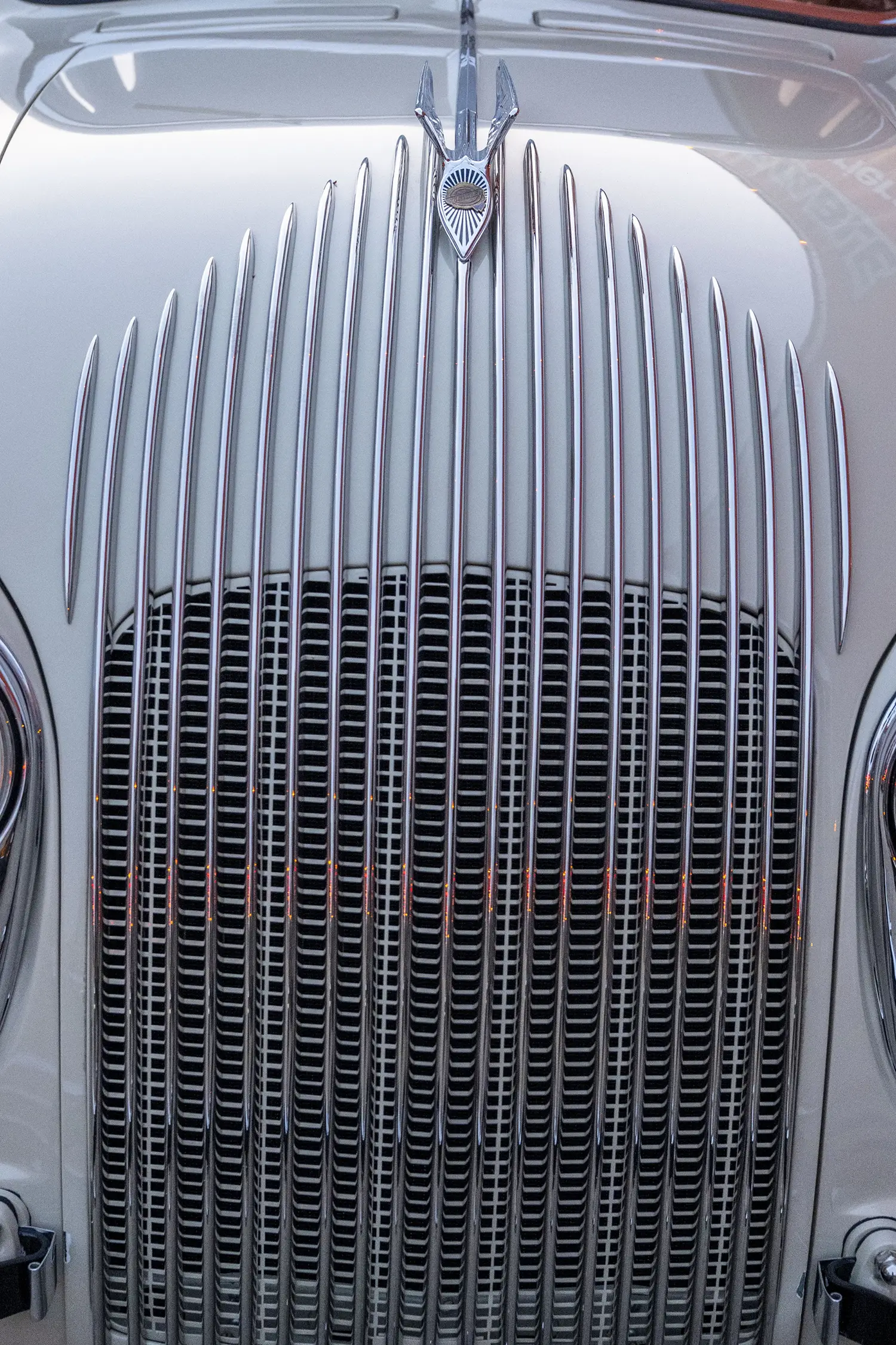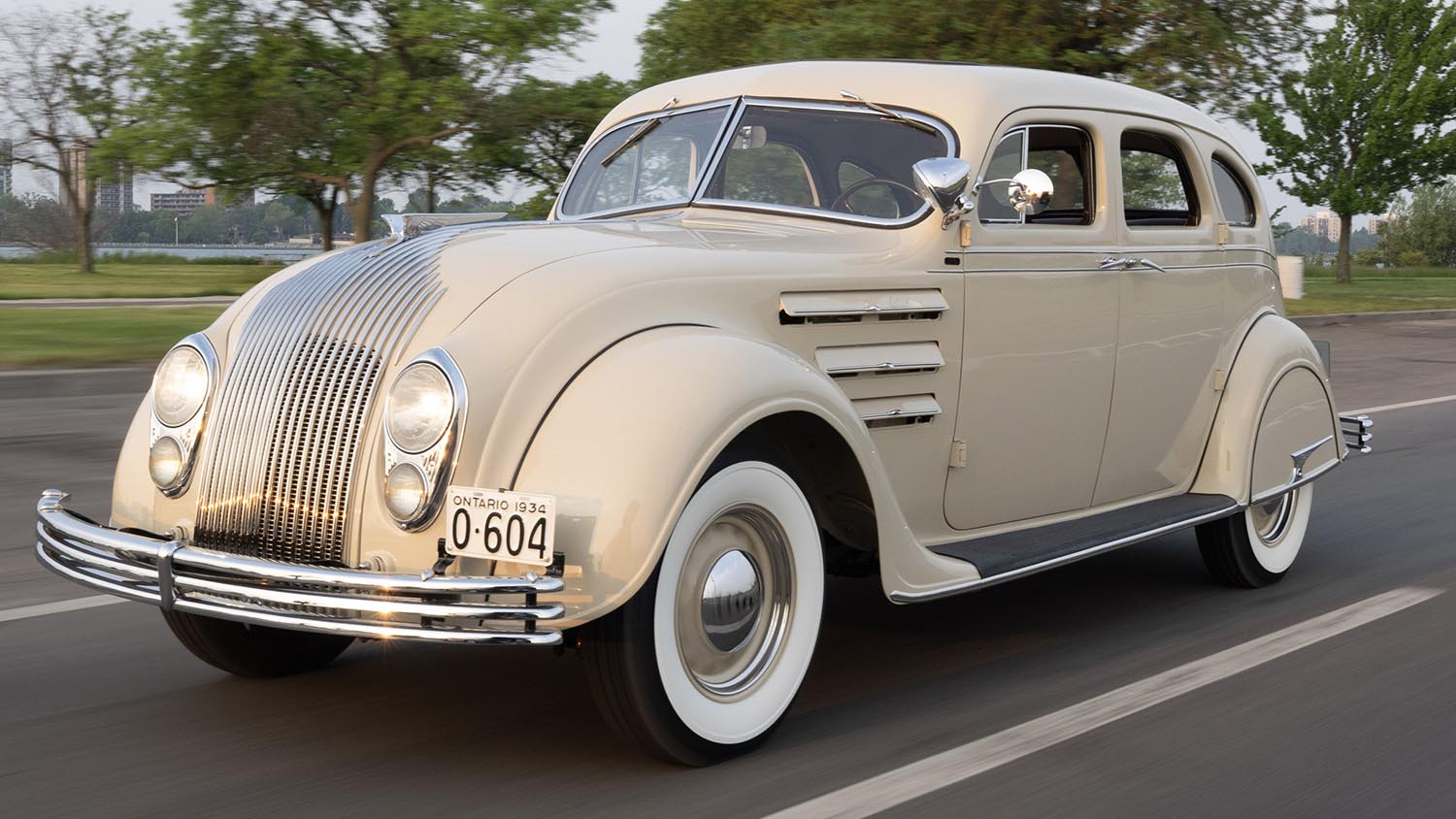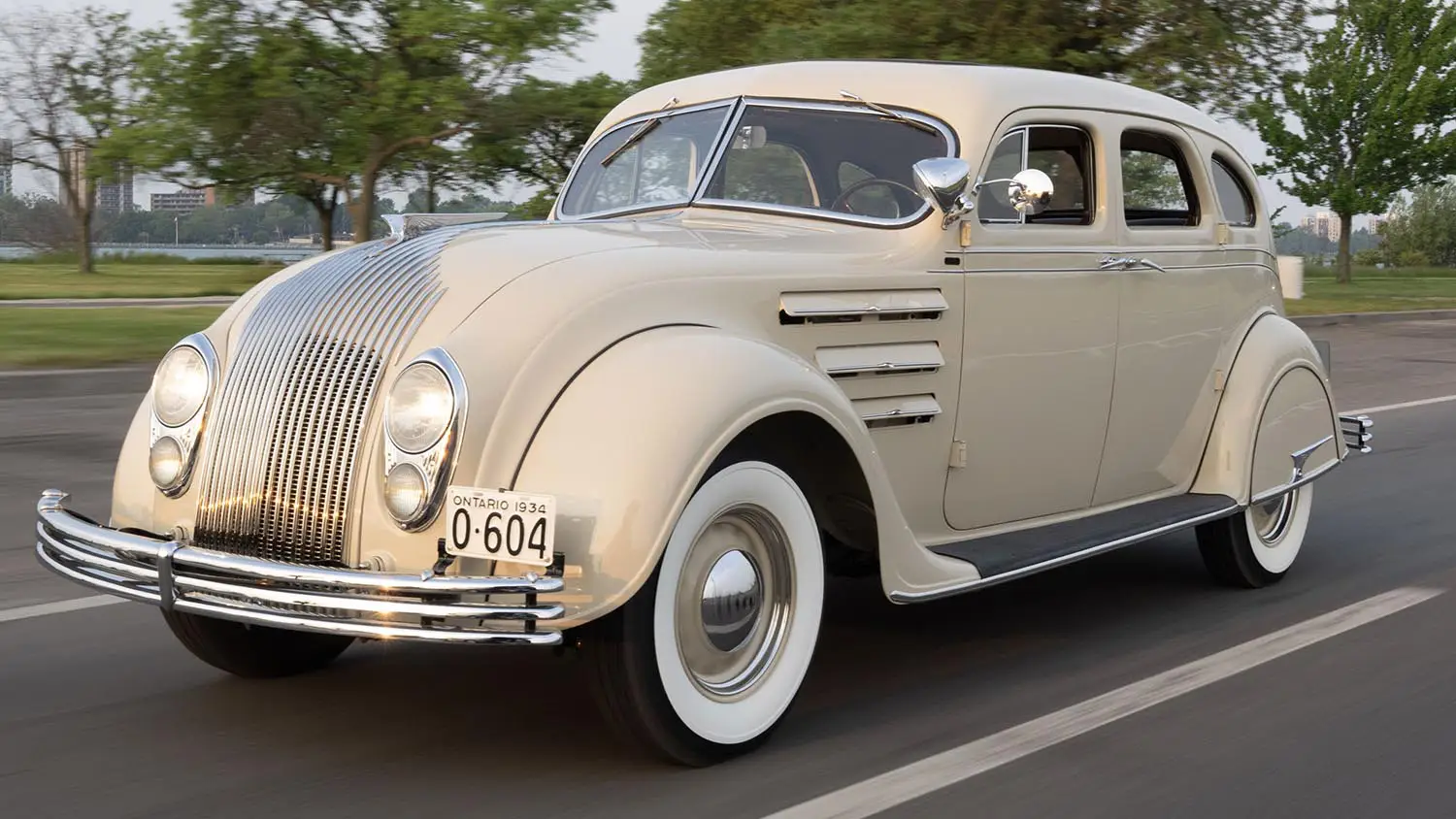
Imagine a car that was so radical, so far ahead of its time, that it actually spooked buyers. That is the story of the 1934 Chrysler Airflow Sedan, a car that stands as a testament to engineering ambition over public readiness. Launched deep within the Great Depression, this vehicle was less a product and more a manifesto. Chrysler’s “Three Musketeers” of engineering dared to throw out the rulebook, and the result was unlike anything else on the road. The Airflow may have been a commercial disaster, but its technical heritage shaped the future of every car you drive today.
The Genesis of Streamlining
The idea for the Airflow came from Chrysler engineer Carl Breer. He reportedly watched a squadron of military aircraft in flight. This observation led him to question the aerodynamics of the era’s boxy automobiles. Consequently, Breer and his team built the first wind tunnel used by an American car manufacturer. Their testing revealed a shocking truth. Traditional cars were often more aerodynamic when driven backwards. This finding sparked a complete redesign, prioritizing function over dated aesthetics.
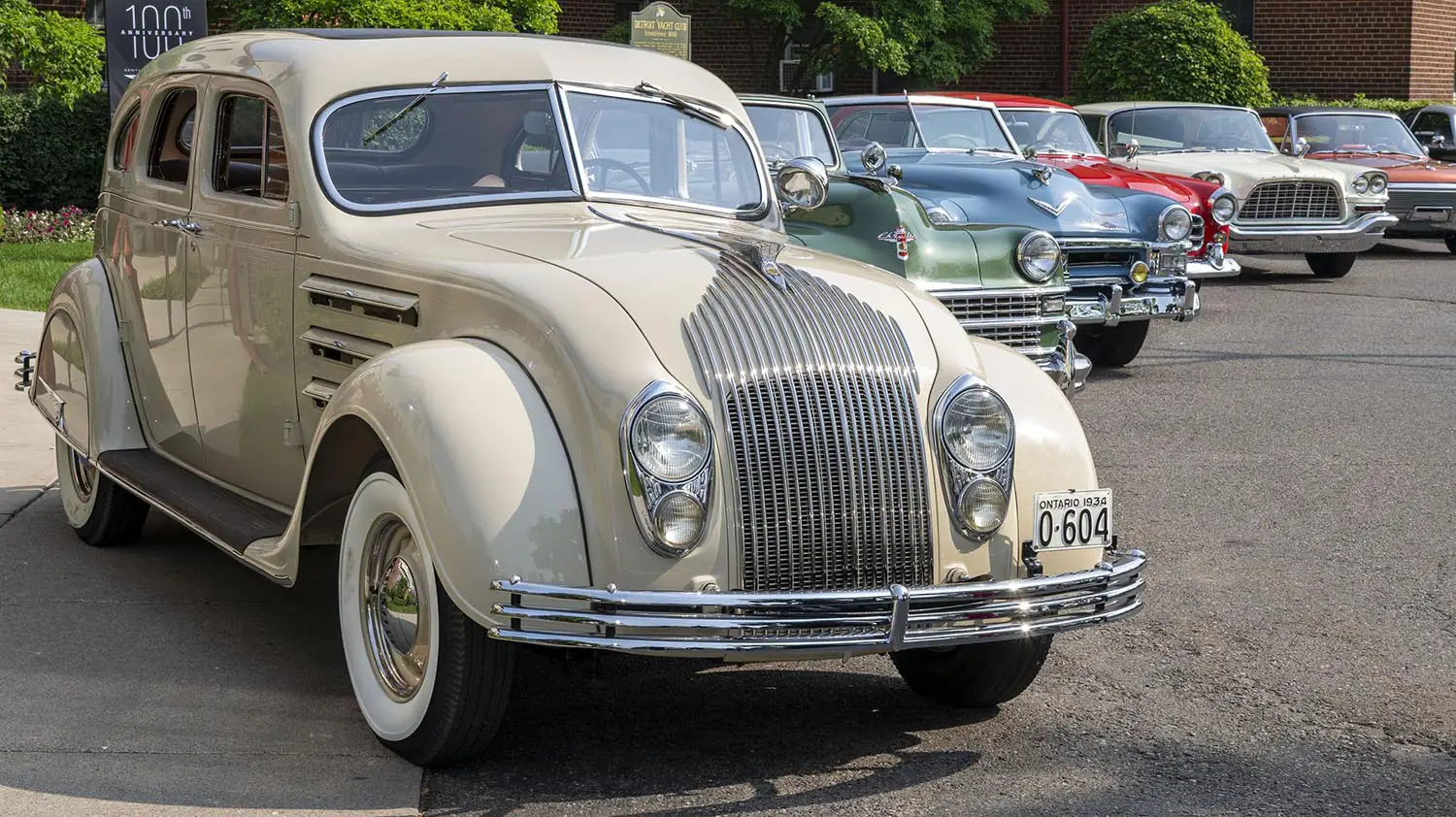
Breaking the Box: The Radical Design
The 1934 Chrysler Airflow Sedan visually signaled its break from tradition. Designers blended the hood, grille, and fenders into one continuous, flowing form. The famous waterfall grille curved back towards the V-shaped windshield. Furthermore, the headlights were semi-flush with the body. These features reduced wind resistance significantly. The result was a stunning Art Deco streamliner. However, the public, accustomed to upright, imposing cars, largely viewed the shape as alien and controversial.
A New Approach to Car Construction
Beyond the revolutionary styling, the Airflow pioneered structural innovations. The car was built using an early form of unibody construction. Its body had a cage-like steel girder network welded together. This structure replaced the heavy, traditional ladder frame. It made the Airflow exceptionally strong and lightweight for its size. Chrysler even demonstrated its strength in a widely publicized stunt. They pushed an Airflow off a cliff, only to have it driven away afterward.
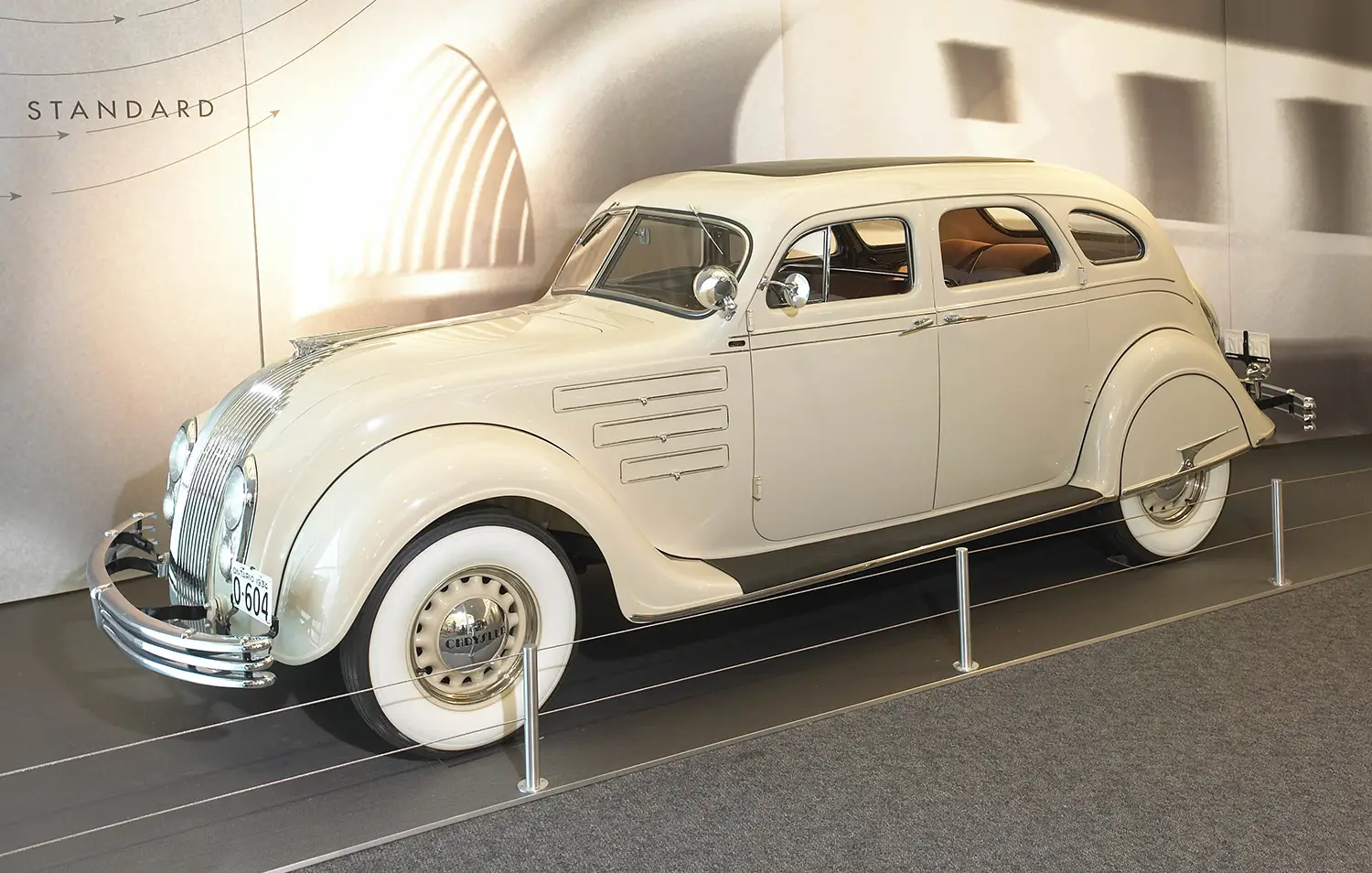
Interior Comfort and Weight Distribution
The engineers focused heavily on improving the passenger experience. Crucially, the engine was moved forward over the front axle. This innovation allowed the rear seat to sit ahead of the rear axle. Traditional cars placed the rear seat directly over the axle. Moving the seating position gave rear passengers a much smoother, more comfortable ride. The better weight distribution also dramatically improved the car’s handling dynamics. This change offered a level of stability that was unprecedented for the time.
The Problem of Perception
For all its genius, the 1934 Chrysler Airflow was plagued by problems. Production challenges meant that early cars left the factory with significant, frustrating defects. Rumors also circulated that the innovative body structure was somehow unsafe. General Motors seized on this negative press. They mounted an advertising campaign that further discredited the Airflow. Ultimately, the biggest hurdle remained the car’s radical look. It was simply too modern for the conservative American buyers of the Depression era.
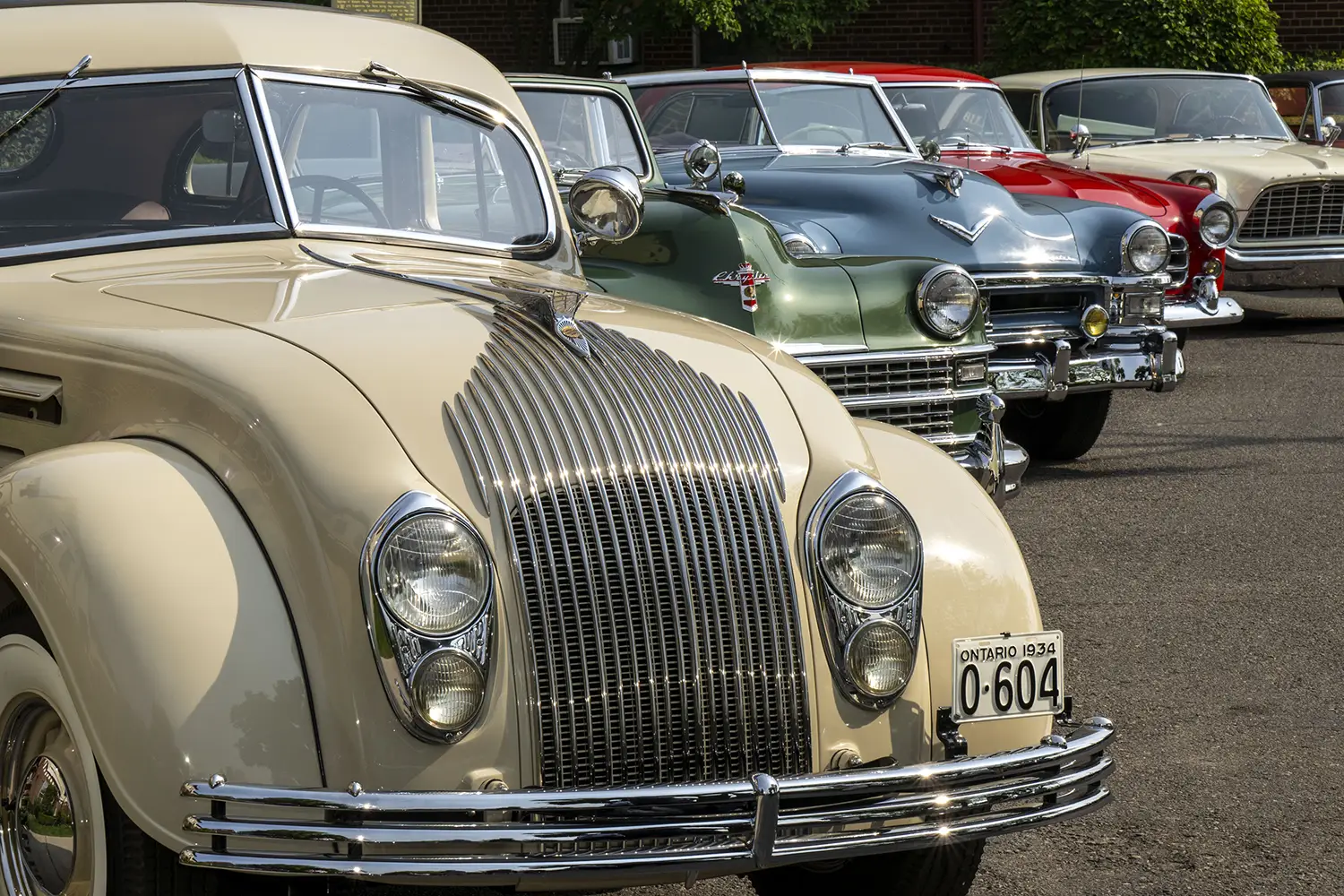
Powering the Airflow Sedan
The flagship Airflow models, including the 1934 Chrysler Airflow Sedan, featured a potent engine. Under the sleek hood lay a robust L-head straight-eight engine. This powerhouse displaced 323.5 cubic inches (5.3 L). It was tuned to deliver 115 horsepower. This output provided impressive performance for a car of its size. The Airflow’s superior aerodynamics helped it achieve decent fuel economy. It allowed for comfortable cruising at highway speeds.
The Lasting Impact on Automotive Design
The Chrysler Airflow’s production run was short, ending in 1937. It was a failure in the sales ledger. Conversely, its impact on automotive engineering proved profound. Many of the Airflow’s core principles became industry standards years later. Streamlining, moving the passenger compartment forward, and unibody construction are now commonplace. The 1934 Chrysler Airflow Sedan stands today as a monumental relic. It perfectly illustrates the fate of a visionary idea that arrives a decade too early.
Disclaimer: Content on this site is for informational purposes only. Vehicle specs, pricing, and availability may change. Always verify details with official sources before making decisions. Opinions are those of the authors.
Source: Stellantis
